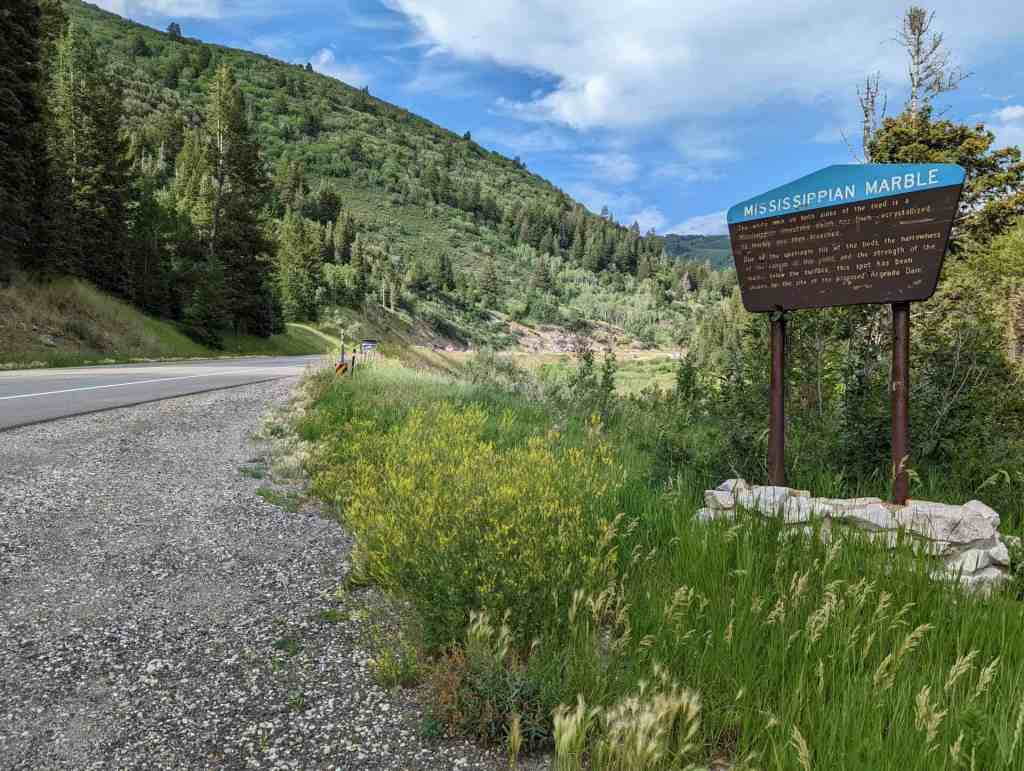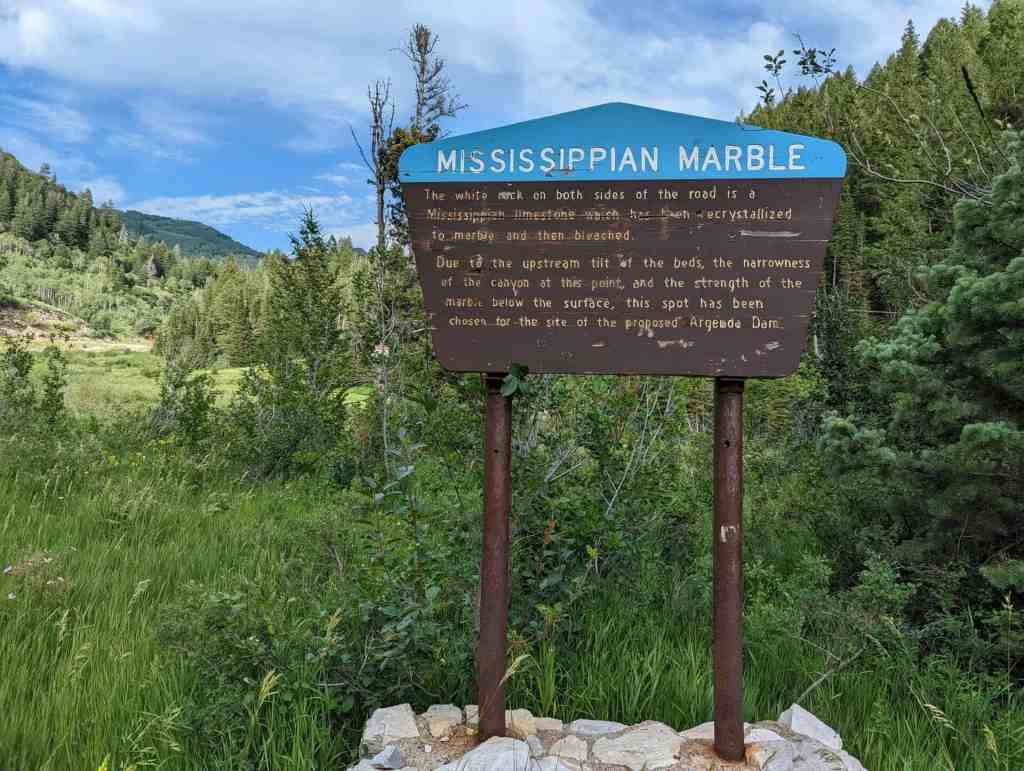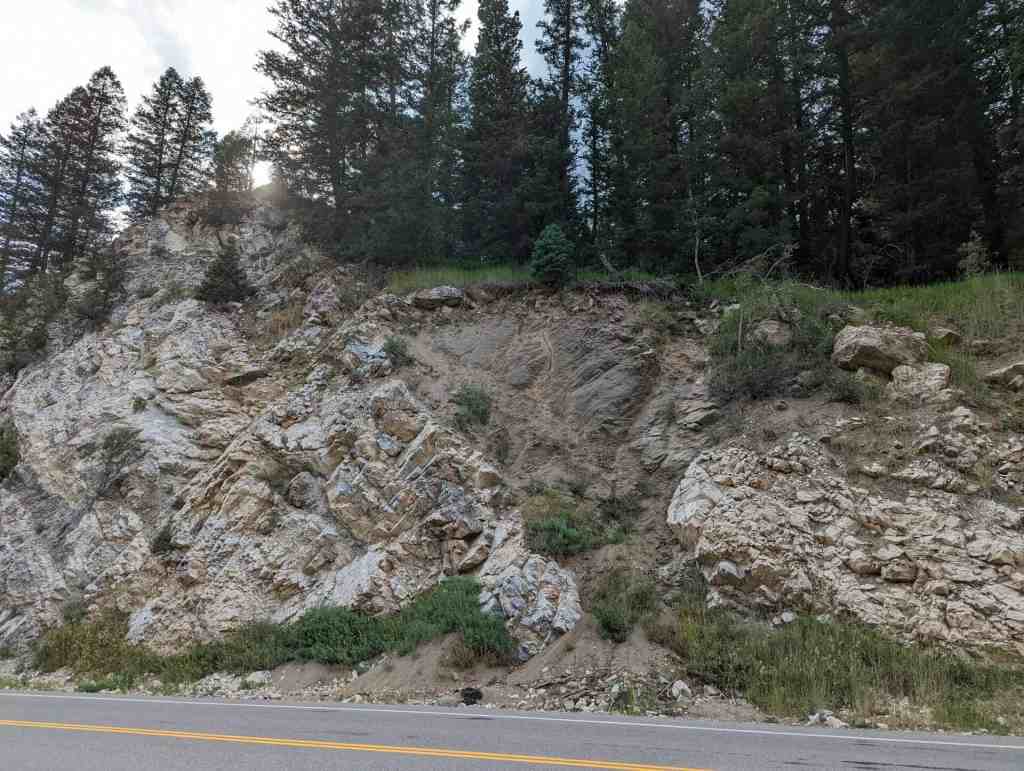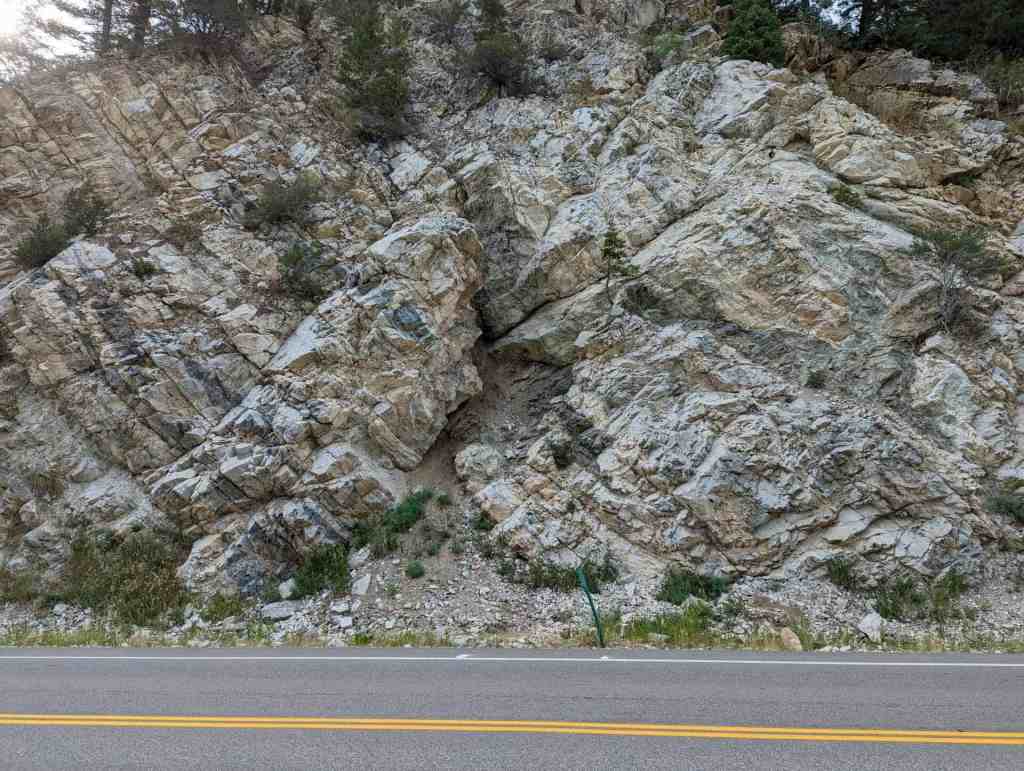
Blind Miner of the Wasatch
James LeRoy “Roy” Newman (1894-1974)
Roy Newman was blinded and nearly killed when a stick of dynamite misfired in this mine in 1929. But the determined miner recovered and returned to work his mine alone – for another 45 years! You can see the mine portal to the right of this sign, across the creek, at the head of the mine dump.
The belief that rich lead, zinc, and sliver ores lay deep in the mountain kept Roy working; he did encounter low-grade veins of oar. He drove 1,600 feet using only hand-held drills, a four-pound hammer, explosives, and his ingenuity.
Though blind, Roy could faintly detect light in the corner of one eye and he used this ability to keep the mine workings straight. Roy would set a carbide lamp in the middle of the track, several hundred feet from the mine’s working face. Then he would stand a pick, with its handle up, in the track a few feet from the face. Standing between the pick and the face, Roy moved his head back and forth until the pick block the light. Repeating this process, he was able to continually center and straighten the workings.
Roy lived alone in a cabin near the mine through the pleasant summers and long, harsh winters. With the help of friends and family, who kept him supplied with food and other basic needs, he maintained his optimism and persevered. “I like the challenge that Mother Nature presents the miner who searches for her secrets,” he said.

Big Cottonwood Mining District
Big Cottonwood Canyon has played a major role in the mining, timber and recreation history of Utah. Lumber was used to build mine facilities and to build and fuel the settlement of Salt Lake Valley. In the 1850s, steam-powered sawmills peppered canyon tributaries named Mill A, B, D, E and F.
Completion of the transcontinental railroad in 1869 provided for the transport and sale of silver, gold, lead, zinc and copper. Mining towns like Gold City, Silver Springs and Argenta flourished during boom times. In 1872, five hundred people lived in Big Cottonwood Canyon. The nearby ghost town of Argenta – Latin for silver – had “one good hotel” and the only post office in the canyon. Colorful names also graced most of the major mines: Regulator Johnson, Mutual, Maxfield, Prince of Wales, Cardiff, Copper King, Dolly Varden, and Clementine.
At the Reed and Benson mine in Cardiff Fork, workers lowered themselves on ropes to the mine entrance on the steep lime-stone cliff face. A 1,580-foot-long tramway connected the mine tunnel to the wagon road in the gulch.
Mining production in Big Cottonwood peaked between 1871 and 1927. The last great venture was in 1955. Large-scale mining has ceased in this canyon, giving way to recreation and watershed uses.
The hundreds of decaying old mines that remain in the Big Cottonwood district are death traps for hikers and explorers. Many of these abandoned mines have been closed by the state’s Abandoned Mine Reclamation Program. If you come upon an old mine, remember they are dangerous and – Keep Out!

Clues – Frozen in Stone
Our mountains and the rocks within them touch all aspects of our lives. Mountains supply recreation, scenery, wildlife habitats, and water. Rocks provide building materials, mineral wealth, and reflections of the earth’s past. Like detectives, geologists study rocks for clues that help them understand ancient climates and landscapes and unearth hidden riches.
The rocks at this site were deposited on a continental shelf between 360 and 330 million years ago. Pieces of coral reefs, fish skeletons, and fine-grained debris settled out of the shallow, warm waters and rested on the ocean floor. Over time, a thick blanket of debris covered the bottom of the ocean. Eventually, heat and pressure of burial compacted and hardened the sediments to rocks.
Millions of years later, forces within the earth caused the buried rocks to bend and break. Between 20 and 15 million years ago, movement on the Wasatch fault uplifted the Wasatch Range. As the immense block of earth rose, wind, rain, gravity, and glaciers exposed rocks and carved the deep canyons that we see today.









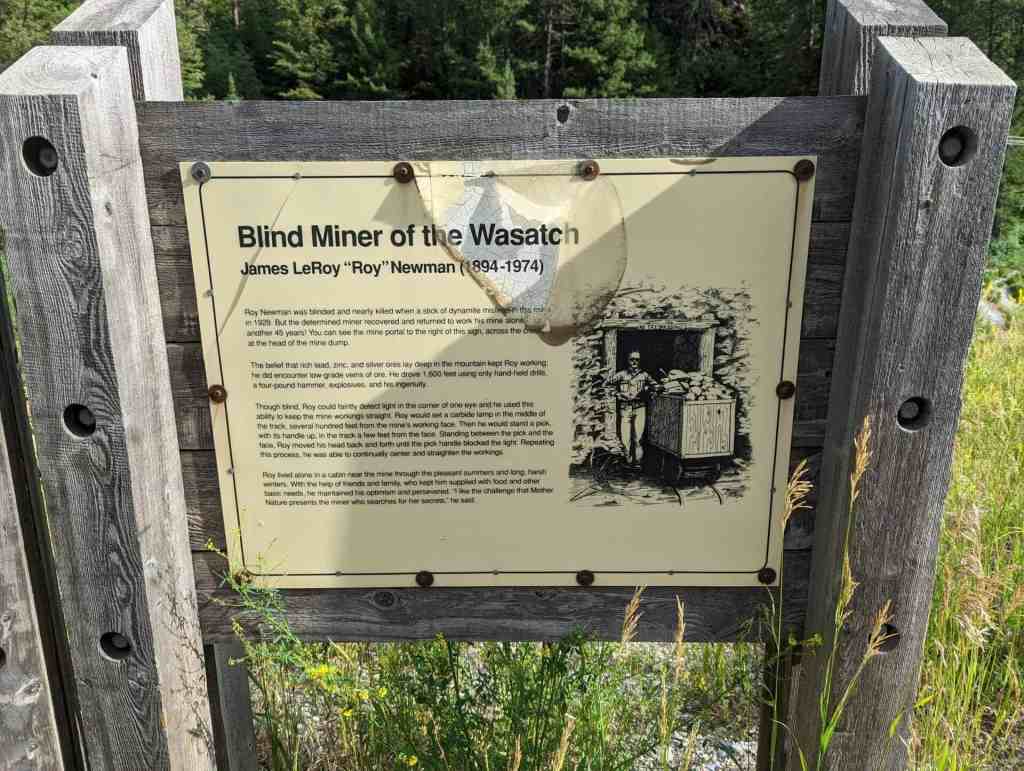



Also located here is:
